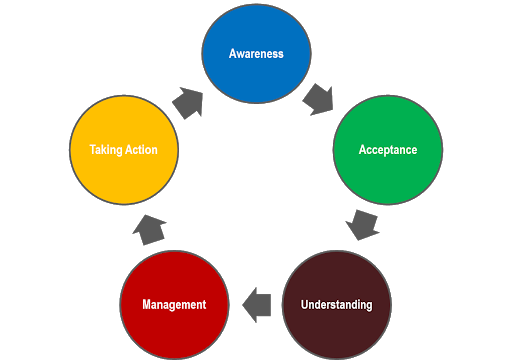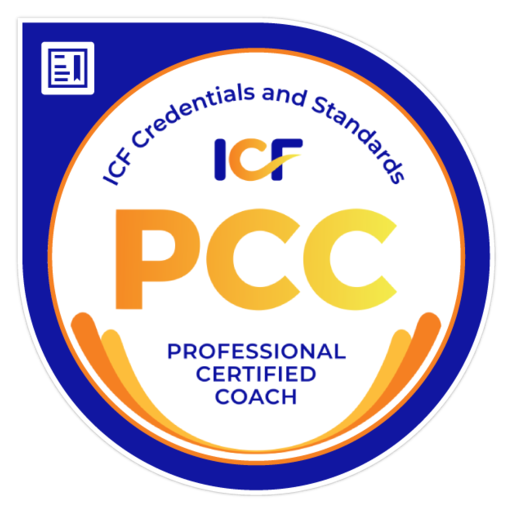For the past twenty-plus years, people have been talking and writing about the importance of emotional intelligence. Recently emotional intelligence or EI has been tied to leadership, specifically successful leadership. While most of these articles were written with a professional/corporate audience in mind, I am going to open the subject up to leadership in general. After all, if you are a bad leader at home, your professional life will most likely suffer, and, vice versa, if you are a bad leader at work, your personal life will most likely be negatively impacted as well.
Let’s get started on the right foot.
I want to review the definitions for both emotional intelligence and leadership.
According to Wikipedia: “emotional intelligence (EI) or emotional quotient (EQ) (another word for EI) is the capability of individuals to recognize their own, and other people’s emotions, to discriminate between different feelings and label them appropriately, to use emotional information to guide thinking and behavior, and to manage and/or adjust emotions to adapt to environments or achieve one’s goal(s).”
Leadership is both a research area and a practical skill encompassing the ability of an individual or organization to “lead” or guide other individuals, teams, or entire organizations. U.S. academic environments define leadership as “a process of social influence in which a person can enlist the aid and support of others in the accomplishment of a common task “.
To get a better understanding of how and why they are connected I am going to tell you about one of the most famous and revered leaders in the world, Mother Theresa. Most of us know about the amazing work Mother Theresa did throughout her life but how she got started is less known. Early on in her life, Mother Theresa had a clear vision of what she wanted to do. In order to convince her superior to support her, she had to do many things that showed her emotional intelligence.
Here are some examples:
- She managed her emotions to have a conversation with her superior to serve the very needy. She was brave, clear, confident and compassionate.
- She recognized and understood her emotions when she got turned down, i.e. she was able to stay strong, positive and open.
- She understood and recognized the emotions of her superior when she was shut down. She was able to influence him and got him to reconsider and open up to the idea without using force or being negative.
In summary, she was able to recognize, understand and manage her emotions as well as recognize, understand and manage her superior’s emotions while supporting him to deal with them in a constructive way. Simply, she used EI to support her cause and close the deal.
When we look at people like her it is quite obvious that we have an amazing leader before us, but often it is not so obvious. And, not all leaders are alike. Most of us will agree that leaders as people who can accomplish things or move things forward. But it is the way that leaders accomplish their goals that make the difference. Emotionally intelligent leaders are people who lead without using force or any type of aggression. They facilitate their personal lives or work environments without taking things away from others. They create win-win situations even in tough situations.
About a month ago, one of my corporate clients came to me for advice regarding a member of her C-Suite. She felt that the person wasn’t a good fit. She wanted to let him go, but trouble doing so. Using my Emotional Intelligence Model she was able to resolve this internal quarrel quickly. Plus she found a fair way to part ways with the employee.
Here is how we worked the steps together:

- Awareness: I feel uncomfortable to fire this person. I know he is a problem for my company but I have a hard time implementing what I know.
- Acceptance: I accept my emotions. I am a human being and at times I can be quite emotional. This is ok. I can deal with it.
- Understanding: Here is where the connection is being made. I might use my special coaching tool (NEC ® ) but it is important for the person see where this is coming from. AHA. I can see now why I am having such a hard time with this. I was fired once and it left a really bad taste in my mouth. It wasn’t fair and I vouched that I was never going to fire someone unless I had done everything in my power to try to save that person.
- Management: I need to decide how to play this. Now that I can understand my emotions better I can be compassionate with myself. It is okay to have those feelings but I do not need to act on them.
- Taking action: I am devising a fair strategy. I will be authentic and clear in my conversation with the executive and let them know that I have made my decision.
This is one of the many examples of using emotional intelligence in combination with leadership. In this case, my executive coaching client was able to lead her company to greater productivity.
So where do we go from here?
Hopefully, I got you a little bit interested in emotional intelligence and I showed you how I can improve your leadership. If this didn’t do the trick, let me leave you with some statistics. According to Korn Ferry Hay 92% of teams led by leaders with high EI had high energy while 78% of teams led by leaders with low EI created negative climates. This may be a better statistic but in addition, it was discovered that divisions with leaders with high EI increased the bottom line by 20%.
For me personally, EI has been an invaluable tool, not only does it make me a better coach but it makes me a better friend, spouse, mother, sister, and daughter. I have learned to understand my emotions better while using them in a more constructive way.
WANT TO GET TIPS AND INSIGHTS ON HOW TO ALIGN YOUR LIFE WITH YOUR GOALS? SIGN-UP FOR MY MONTHLY NEWSLETTER. [yikes-mailchimp form=”1″]




